The NCAA is lifting its longtime ban on major-junior players - now what?
Press releases from hockey teams tend to be pretty bland. The title and opening paragraph contain all of the news ("Player X has signed with Team Y"), leaving reporters and fans with no reason to read the rest of the release.
Until now, anyway.
On Sunday, the London Knights announced Ottawa Senators prospect Blake Montgomery had joined the Ontario Hockey League club after signing a "scholarship and development agreement." The third and final paragraph of the release lays out Montgomery's future in stranger-than-fiction language.
"The 2005-born Montgomery is committed to play college hockey at Wisconsin," it reads.

Wait. London, a major-junior powerhouse that's battled NCAA programs on the recruiting trail for decades, is acknowledging the University of Wisconsin's existence? What a bizarre sight for any longtime junior or college hockey fan.
Yet, acknowledging the enemy is quickly becoming the new norm following last Thursday's landmark ruling by the NCAA's Division I council. Previously deemed ineligible, players from the OHL, Western Hockey League, and Quebec Maritimes Junior Hockey League - the three regional loops under the Canadian Hockey League - can join Division I teams starting next season.
The ban on CHL players is being lifted in response to a lawsuit filed against the NCAA and 10 schools in August by a 19-year-old Canadian junior player.
"I'm hoping this changes things for the better for everybody in hockey," UConn head coach Mike Cavanaugh said in a phone interview.
"It's a seismic change to the landscape," added player agent Brian Bartlett.
theScore spent the past few days speaking with more than a dozen people affected by the ruling to better understand its ripple effects.
Here are the seven biggest takeaways from those conversations.
1. The players benefit most

The best Canadian and American hockey players have long been forced to choose a development path at 15 or 16 years old: major junior or college - not both. The fork in the road appears halfway through high school because dressing for a single CHL game, even in preseason, would spoil a player's NCAA eligibility.
The young player's decision maps out the years before and after the NHL draft. It often has an outsized influence on a player's long-term trajectory.
The NCAA ruling, at its most basic level, offers greater flexibility to players.
"Our world is all about choices. We've opened up opportunities everywhere, in all facets of life, and the fact that this was still in existence in 2024 was a little baffling. We're all happy that it's finally off the table," said Jim Hulton, general manager and head coach of the QMJHL's Charlottetown Islanders.
"We have a whole list of players who are going to benefit from this - 100%," veteran agent Gerry Johannson said. "We've had loose conversations with NCAA teams about the kinds of opportunities players might have."
The industry's keeping an eye on Gavin McKenna, the projected top pick for the 2026 NHL draft who's dominating the WHL in his second full season with the Medicine Hat Tigers. If the soon-to-be 17-year-old forward is craving a new challenge, any NCAA program would welcome him with open arms.
"Options" is the new buzzword - for McKenna and the rest of the player pool.
"There's no one-size-fits-all solution," said Bartlett, who runs the Bartlett Hockey agency with his brother and father, representing NHL stars like Cale Makar and J.T. Miller. "You have to find the right path for every player. And if you have more choices, you're more likely to find the right fit."
2. Trickle-down not all good
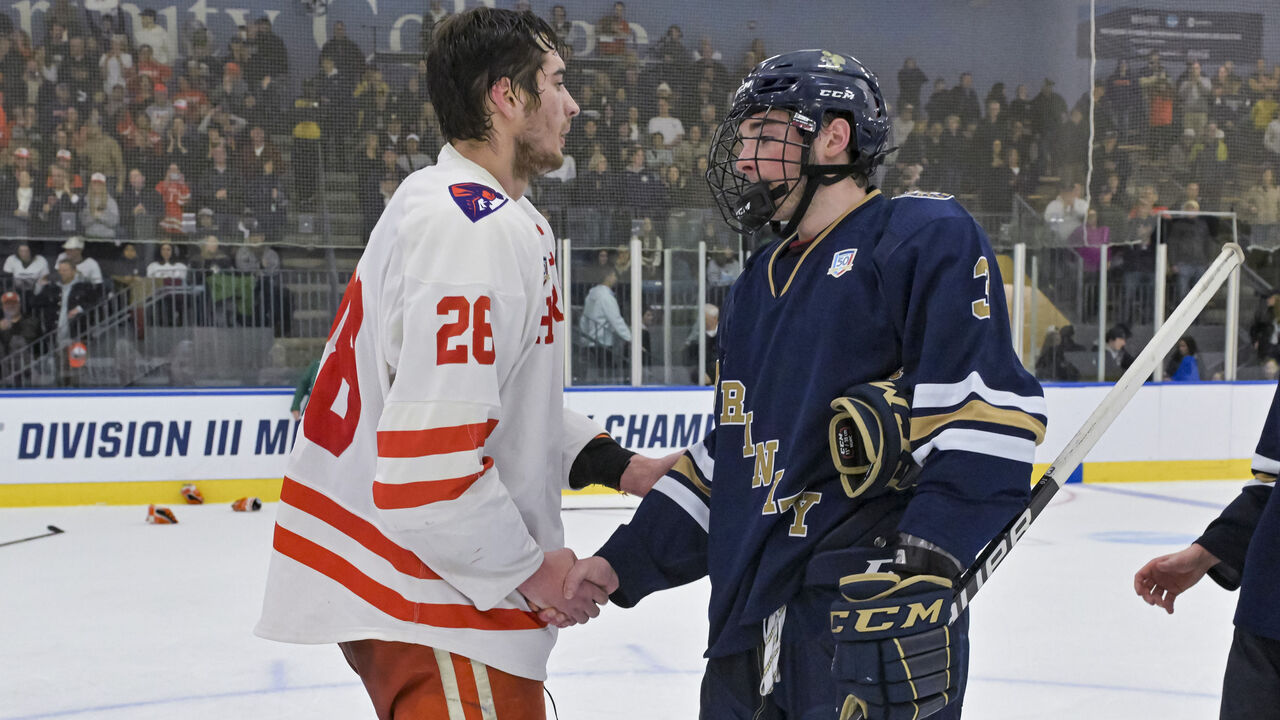
Despite the overall positive vibes, some well-laid plans will be disrupted.
"A lot of kids are going to get screwed," one agent said.
The agent was referring to an entire group of lower-end players who previously turned down the opportunity to play in the CHL (and receive the scholarship money provided by CHL teams) to maintain NCAA eligibility.
There are only so many roster spots on a college hockey roster (26 as of next season), and with high-end CHL players suddenly eligible, some lower-end guys will feel the squeeze. Even though these players have done nothing wrong, they could end up in Division III due to classic supply-and-demand dynamics.
"We may have some players committed who aren't going to fit into our plans anymore," Cavanaugh said of UConn's depth chart. "Those are some of the things we're going to have to look at because the goalposts have moved."
3. Don't expect mass exodus

It's unknown how many CHL players actually will leave for the NCAA.
"When you drill down on it, how deep will it go and how many different types of players will it affect, right?" said Johannson, who runs The Sports Corporation in Edmonton. "Hard to say. It'll really be situation by situation."
Some who would typically transition into Canadian university hockey will head to a U.S. school instead.
CHL players who've signed an NHL contract remain ineligible for the NCAA. Players close to signing an NHL deal are unlikely to move as well. Players who don't meet Division I's academic standards can be crossed off, too.
Now, what's going to happen between the extremes? Can a player leave major junior in the middle of his CHL career? For instance, if a player wants to transfer to Boston University for a fresh start following two seasons in the OHL, will that be a contentious process between the player and CHL team considering his contract probably still runs for two more years? Is a CHL contract even binding?
In an open letter, OHL commissioner Bryan Crawford expressed enthusiasm with players leaving for the NCAA "upon graduation from our league." I'm told "graduation" is another way of stating a player must "fulfill" his CHL contract.
However, I'm also told there have been discussions about the CHL potentially shortening its contracts. We'll see how firmly major junior digs in its heels.
4. QMJHL's a sneaky winner
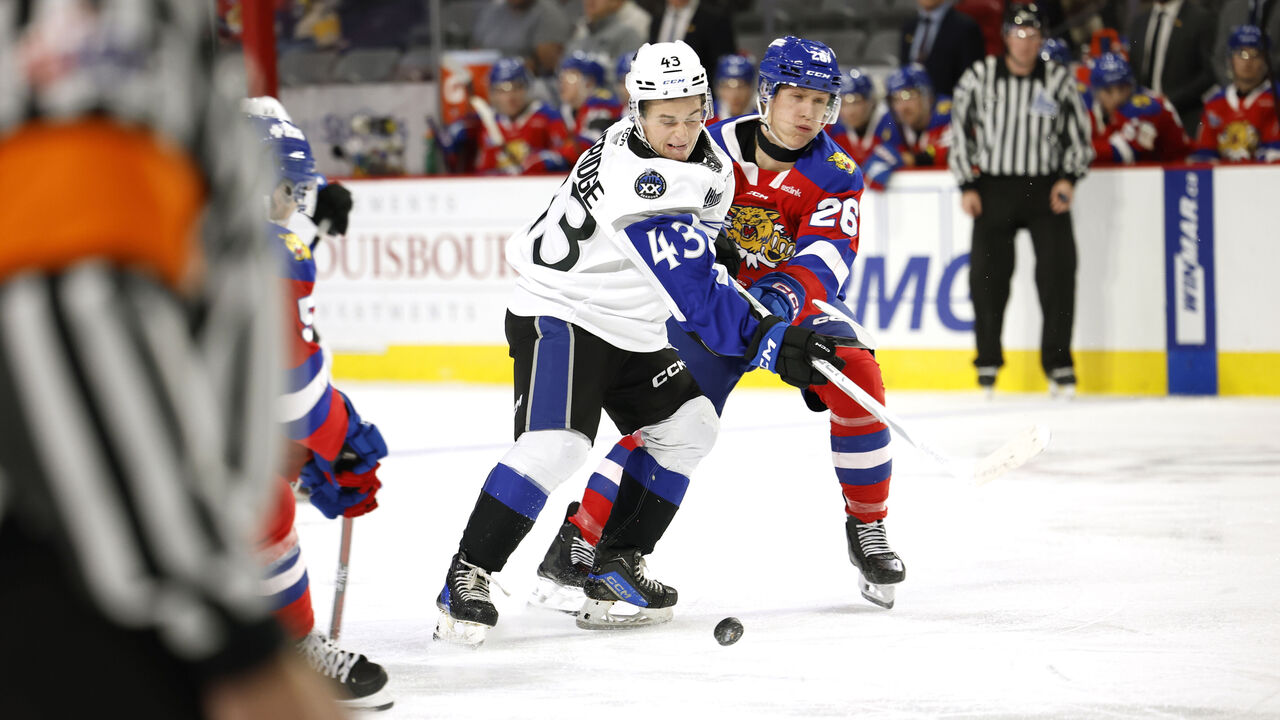
The OHL and WHL are the superior CHL leagues right now - and it's not particularly close. But the NCAA ruling could help the QMJHL close the gap.
The QMJHL's U.S. territory includes New England, which has strong cultural ties to NCAA hockey. Prep school and the United States Hockey League have been intermediate steps for New Englanders over the years. Now, instead of moving to Iowa, North Dakota, Nebraska, or another USHL locale in the Midwest, a kid from Massachusetts can play closer to home.
"Our immediate thought is that we just doubled our geography," Hulton said of recruiting stateside. "This is my 10th year in the Q, and traditionally we've had a very difficult time getting any footprint in the United States."
QMJHL commissioner Mario Cecchini recently said he wants to expand into the U.S. (The Q has 18 teams, whereas the WHL and OHL boast 22 and 20, respectively, and have franchises located in the U.S.)
5. USHL's potential trouble
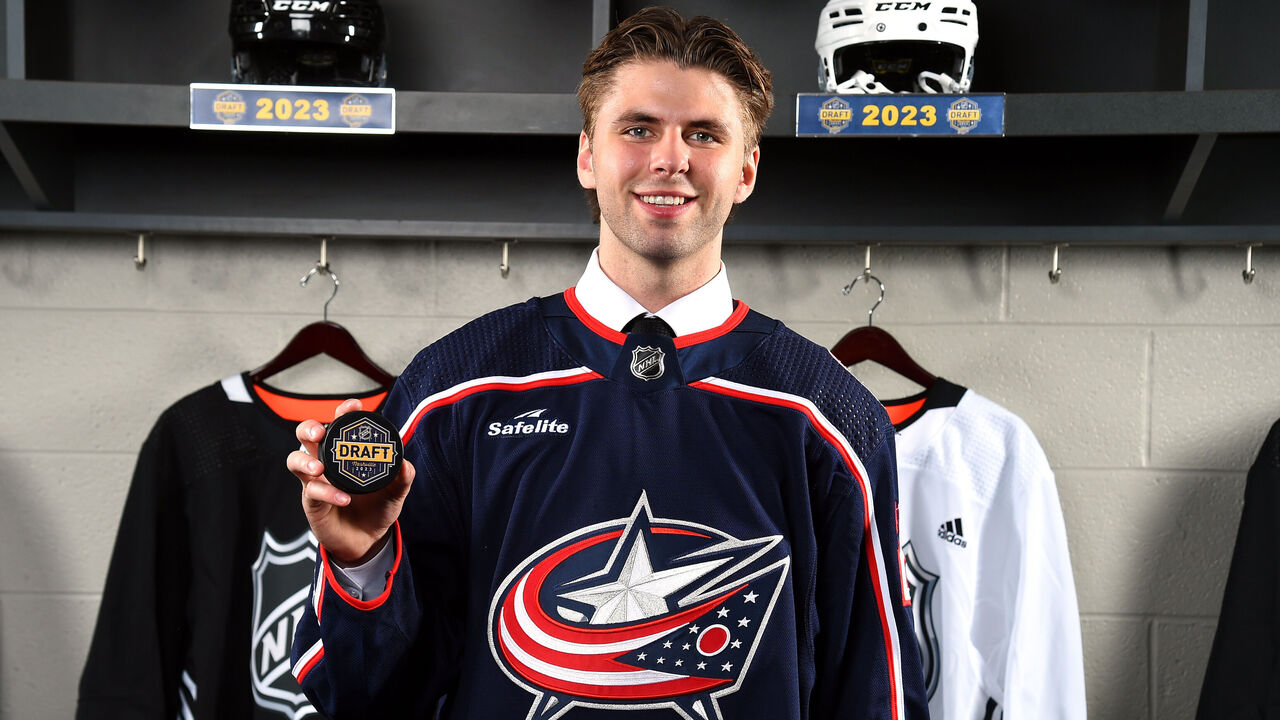
The USHL has developed into a serious producer of NHL talent, with the on-ice product improving by leaps and bounds and college-bound Canadians like Macklin Celebrini, Adam Fantilli, and Owen Power headlining the alumni list.
The NCAA ruling slashes through much of that progress. Multiple people interviewed for this story used "panicked" to describe their USHL colleagues.
The USHL simply can't compete with the CHL's pro-style standards in facilities, resources, and coaching. It could stay the course or rebrand as a feeder to Division III. Or try to merge with the CHL. "Think about the hype around the Memorial Cup," one NHL GM said at the thought of a merger.
Two USHL teams - the Michigan-based Muskegon Lumberjacks and Ohio-based Youngstown Phantoms - have approached the OHL about expansion.
"The OHL is open to any opportunities to grow the league, and one of those potential avenues would be through expansion. This would, of course, need to make sense strategically for the league and its goals to continue serving as the leading provider of talent for the NHL with additional focus on pathways to the NCAA and U SPORTS," Crawford said in a statement to theScore.
"The League has been approached by a few groups expressing interest, though to this point in time we've not entered into any formal discussions. It’s something that is being explored in greater depth."
6. Grass isn't always greener
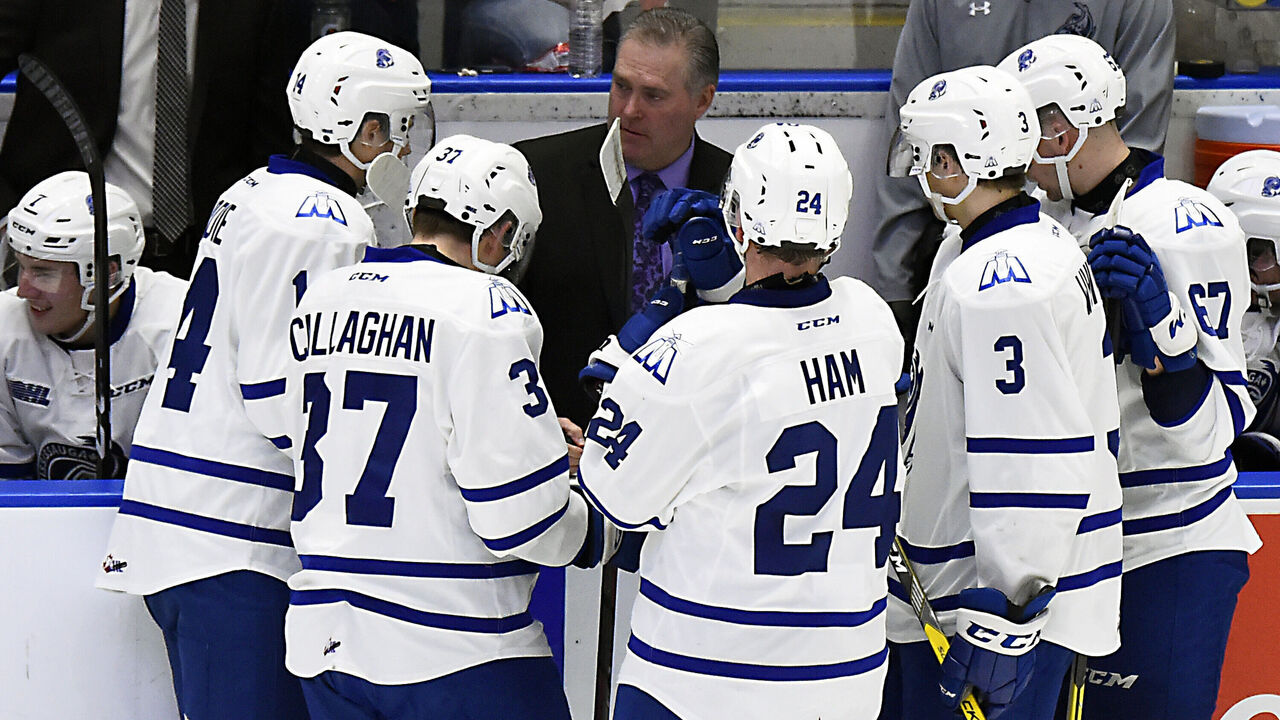
Most of the people interviewed touched on the "grass isn't always greener" concept. In this context, players must be careful not to get enamored with the alternative and disrupt a perfectly fine development plan. We've seen this play out in the NCAA transfer portal; a player leaves his original school in search of an increased role but ends up assuming a similar or lesser role at the new spot.
"Having more options and choices is generally a good thing. But there also can be downsides," Bartlett said. "Something we talk about with our players is that at some point you run out of options. If you're on your NHL team or an American league team or East Coast league team, there isn't a transfer portal there. There isn't another option. You have to look in the mirror and improve."
Another part of the equation: The CHL and NCAA are wildly different experiences. Some people are wired for one, some thrive in the other.
"99.9% of the kids want to be an NHL player, and we're still going to continue to be the top feeder (league) for their dreams," Brampton Steelheads GM and head coach James Richmond said of his lack of concern over the NCAA's ruling.
"If the player decides down the road that they want to go to university, they're going to be able to go. That option's always been there. Many players have gone to Canadian universities after the OHL. It's just open to the U.S. now."
7. NHL will influence outcomes
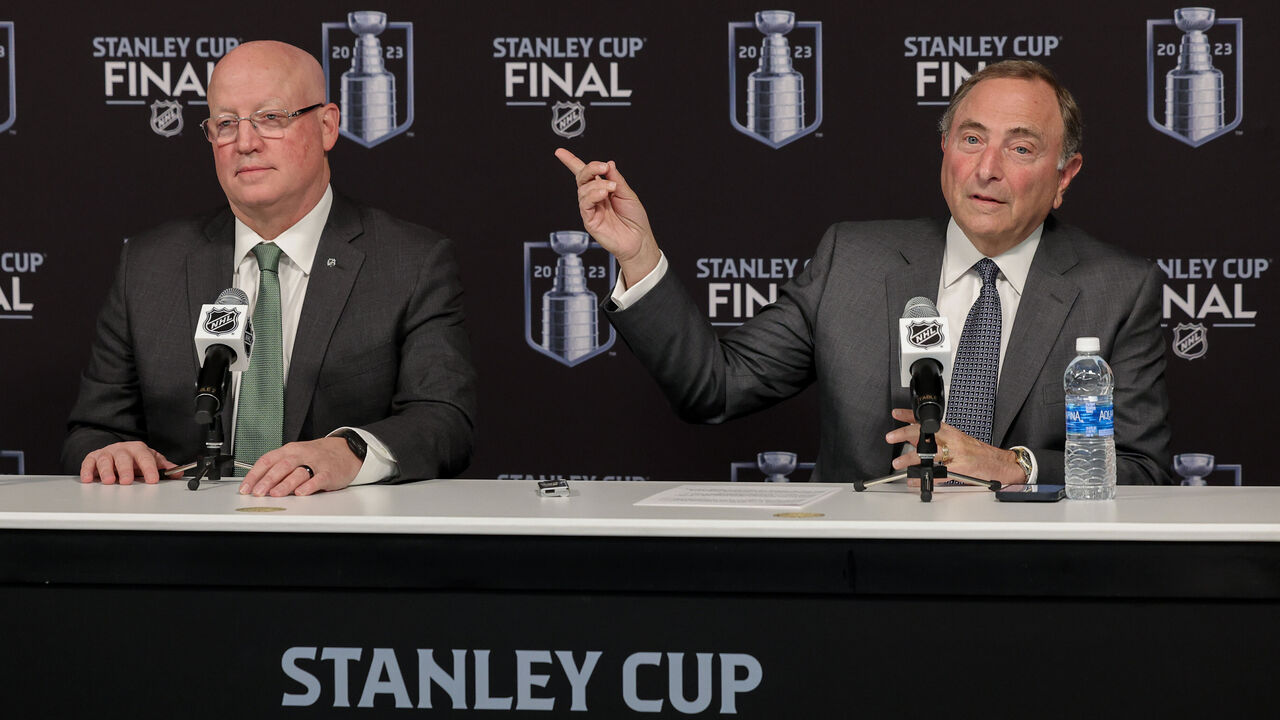
The NCAA ruling produces plenty of what-if scenarios.
The NHL has relationships with all parties involved, and some ripple effects will be folded into negotiations for the next collective bargaining agreement with the NHL Players' Association. (The current CBA expires in September 2026.)
NHL clubs are given two years to sign a player drafted out of major junior before losing his rights. The signing window is four years for a player drafted out of the NCAA. With these previously divergent paths now overlapping in some ways, does a unified signing window make its way into the next CBA?
The NHL's development agreement with the CHL expires after the 2028-29 season. However, the NHL has the power to reopen certain issues during CBA talks with the NHLPA. Would it make less or more sense in this new era to eliminate or tweak the rule banning 18- and 19-year-old CHL players from playing in the AHL?
And the spiciest issue of all: Is it time to change the NHL draft age from 18 to 19?
There's time to address at least some of the countless questions since CHL players won't be joining NCAA teams until Aug. 1, 2025.
"It's great we dropped a barrier down. But now it has become a reality where we have to forge a path," Hulton said. "It's like going into the forest and knocking down the first row of trees. There's still a couple of mounds to be moved before we can pave the road."
John Matisz is theScore's senior NHL writer. Follow John on Twitter (@MatiszJohn) or contact him via email ([email protected]).
HEADLINES
- Penguins' Nedeljkovic becomes 1st goalie with goal, assist in same game
- Boeser: Canucks could view me as 'easy guy' to trade as pending UFA
- Devils' Fitzgerald: We want another center for 'extra oomph'
- Sweeney: Canada 'ideally' would've waited to name 4 Nations goalies
- Islanders' Tsyplakov suspended 3 games for hit to Flyers' Poehling's head